The internet community was in stitches over the creative and hilarious attempts of translating Vietnamese regional names into English, such as Harbour Bamboo for Bến Tre and Sea Room for Hải Phòng.

While these translations are far from accurate, they certainly provided a good laugh. Following this amusing trend, I’d like to suggest some playful English names for traditional Vietnamese cakes. Let’s see how it goes!
1 Bánh Hỏi (Inquisitive Cake)
“Inquisitive” means full of questions, and “cake” is self-explanatory. Together, we get “Inquisitive Cake.” Just kidding! The more common English name for bánh hỏi is Soft Thin Vermicelli Noodles.
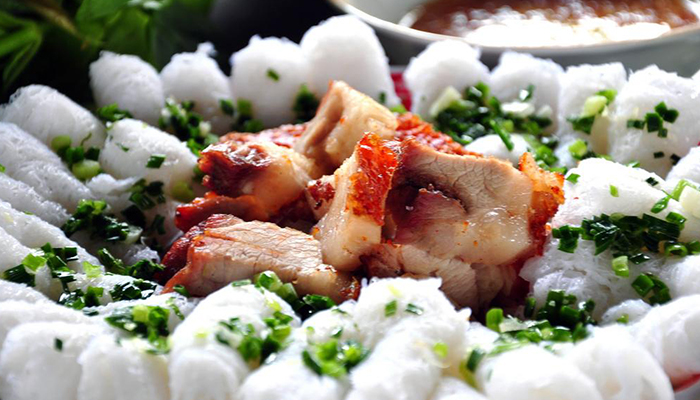
2 Bánh Xèo (Sizzling Cake)
“Sizzling” refers to the sound of food frying in a pan. The usual English name for bánh xèo is Vietnamese Crepe.
Reference:
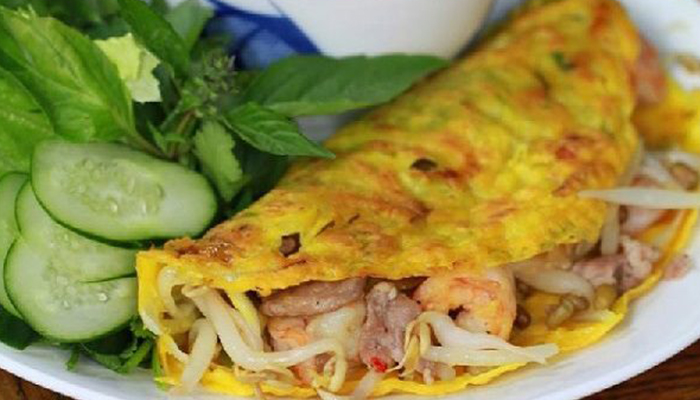
3 Bánh Bột Lọc Tiếng Anh Là Gì? (Flour Filter Cake)
Don’t order this by its playful name; the waiter might not understand! The more commonly understood English name for bánh bột lọc is Rice Dumpling Cake.
Reference:

4 Bánh Canh Tiếng Anh Là Gì? (Cake Soup)
I’m not sure what the direct translation for bánh canh is in English. If anyone knows, please share in the comments!
Reference:
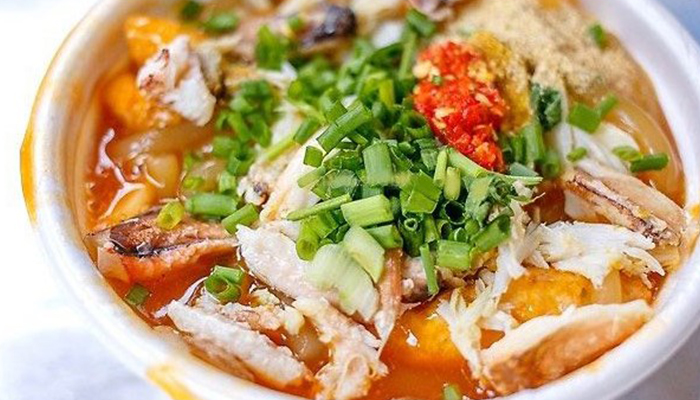
5 Bánh Da Lợn (Pork Skin Cake)
Similarly, I don’t know the English name for bánh da lợn. Despite its name, it doesn’t actually contain any pork skin. What a curious name for a cake!
If you’re unsure where to buy these cakes, why not try making them at home? It’s convenient and guarantees delicious results!

6 Bánh Bò (Beef Cake)
Bánh bò doesn’t contain any beef either! It’s just a cake, and a tasty one at that. Many Vietnamese cakes have intriguing names, don’t they?
Reference:
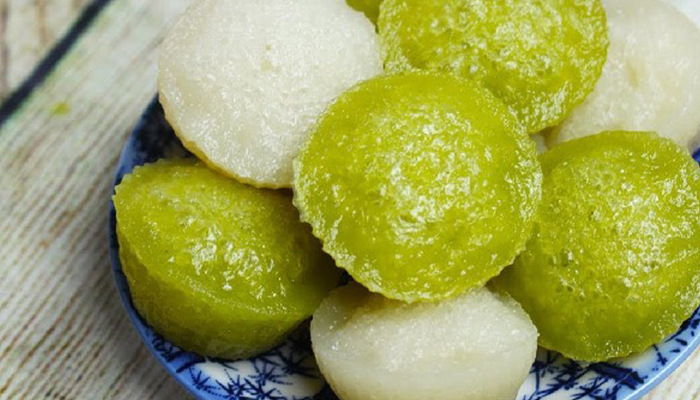
7 Bánh Giầy (Shoes Cake)
Bánh giầy is also known as bánh dầy or bánh dày, but the correct pronunciation is “bánh giầy.”

8 Bánh Trôi (Floating Cake)
Bánh trôi are round cakes made of flour and filled with mung bean or meat. They float on water, hence the name “floating cake.” The English word “drifting” means floating, so “drifting cake” seems like a fitting name.
Reference:
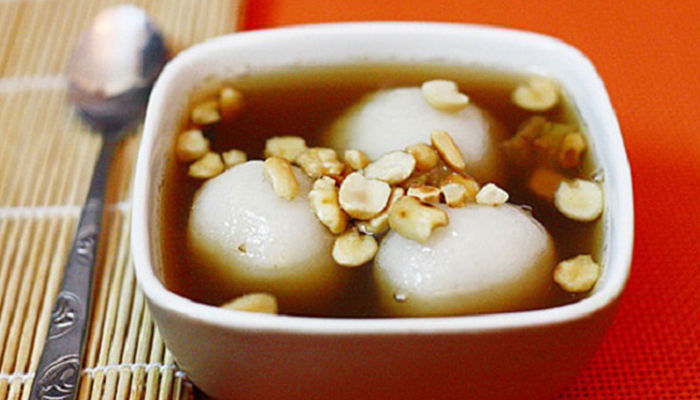
9 Bánh In (Print Cake)
Bánh in gets its name from the practice of printing patterns on the cakes. They’re delicious and fragrant—I love eating these!

10 Bánh Đa (Diverse Cake)
Bánh đa is also known as bánh tráng, and it’s often eaten on its own or with mì Quảng. I’m not sure why it’s called bánh đa, though!
Reference:
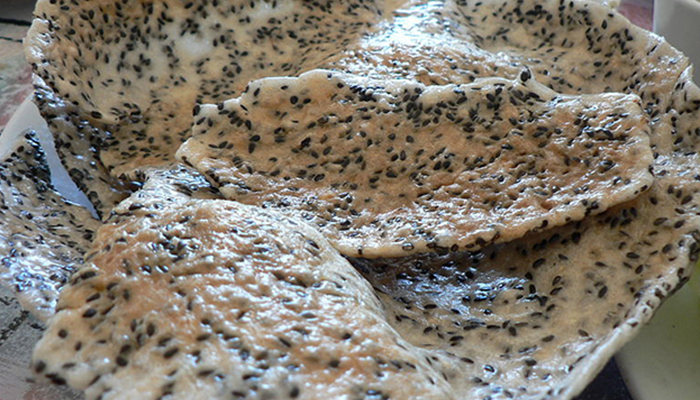
These playful names are just for fun and are not the official English translations. Now, let’s see if you can come up with some creative English names for other Vietnamese dishes!
For more interesting information, visit [Website name].






























